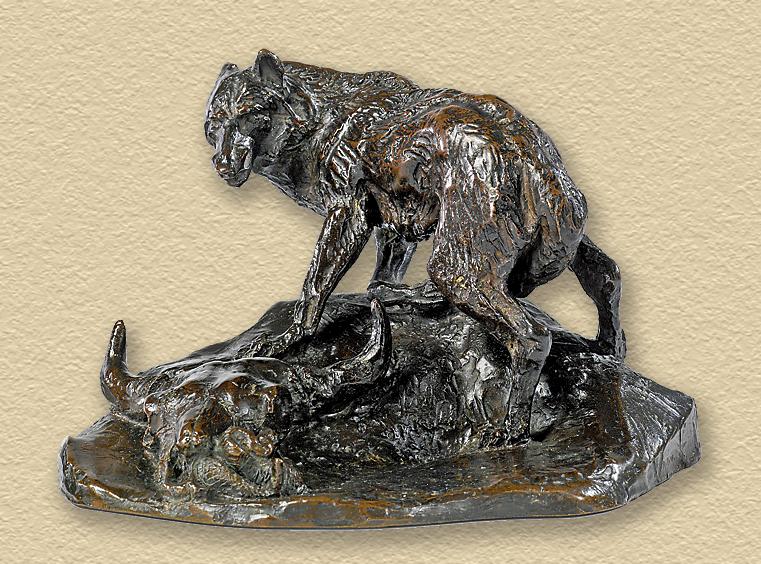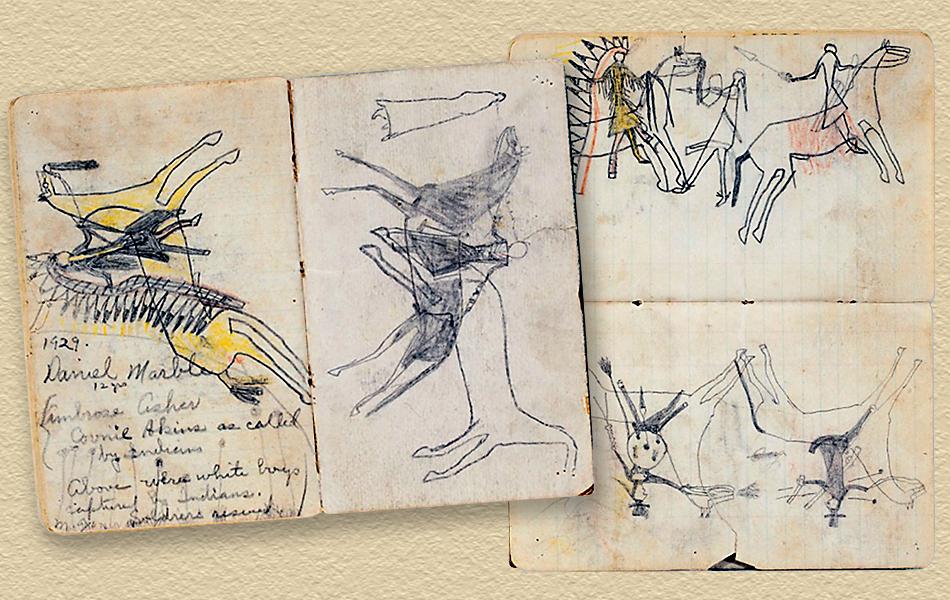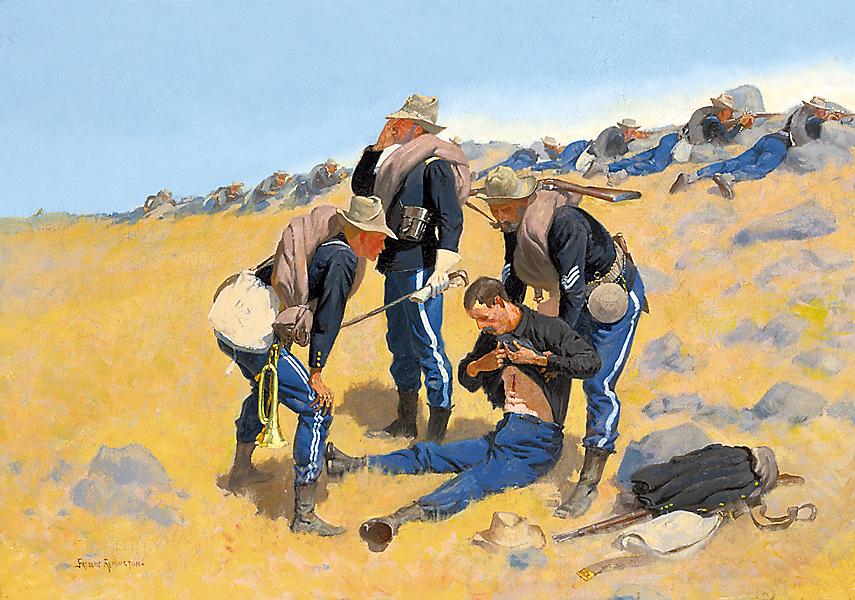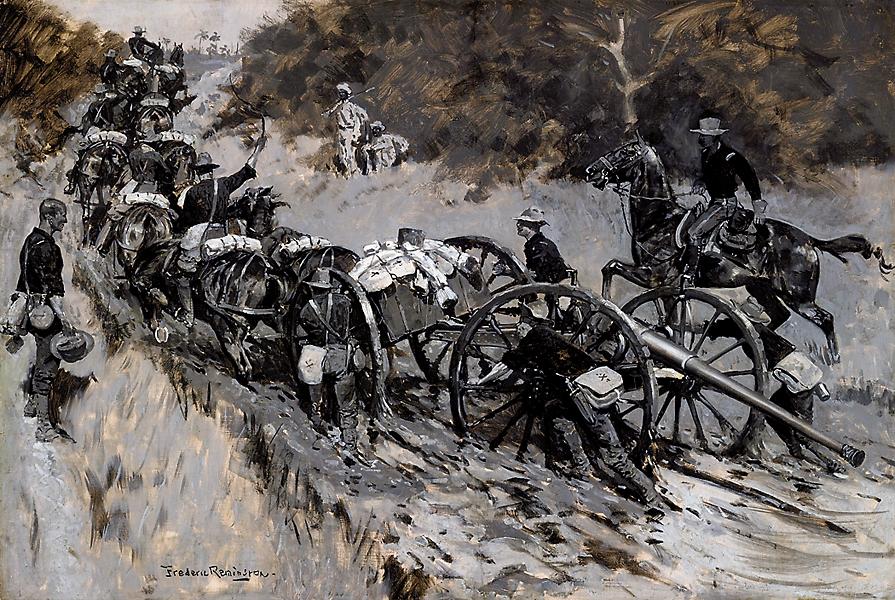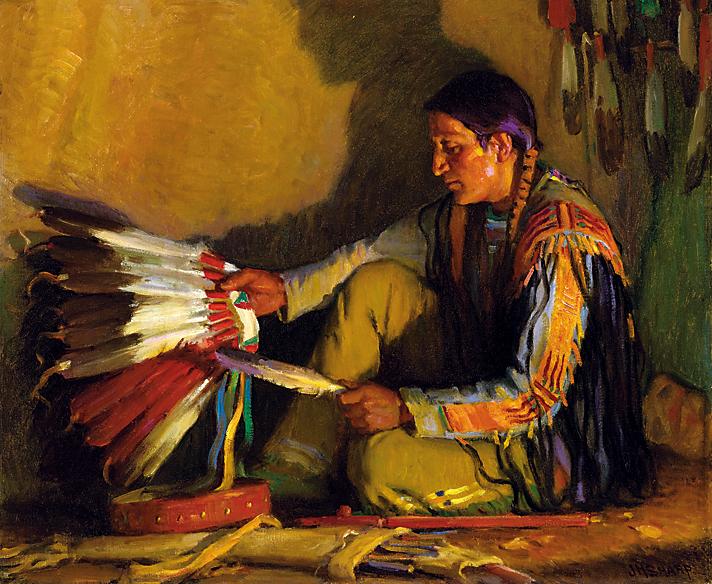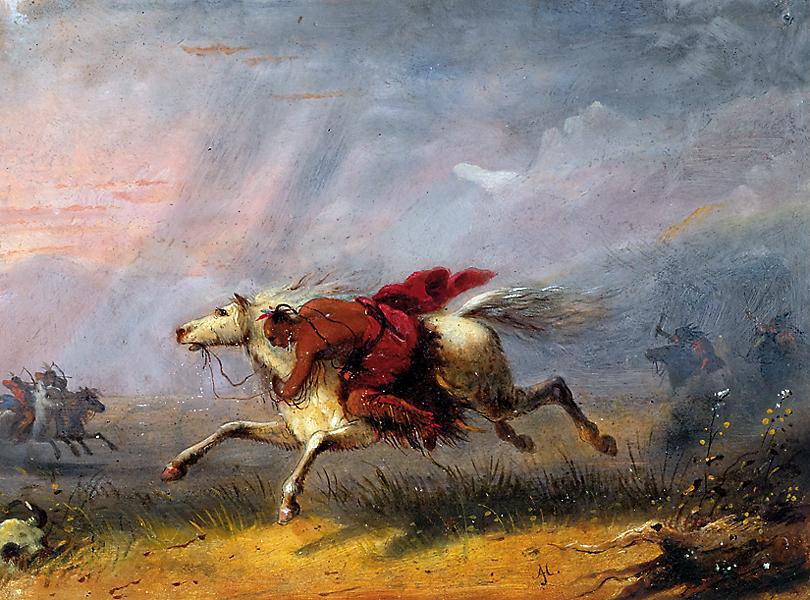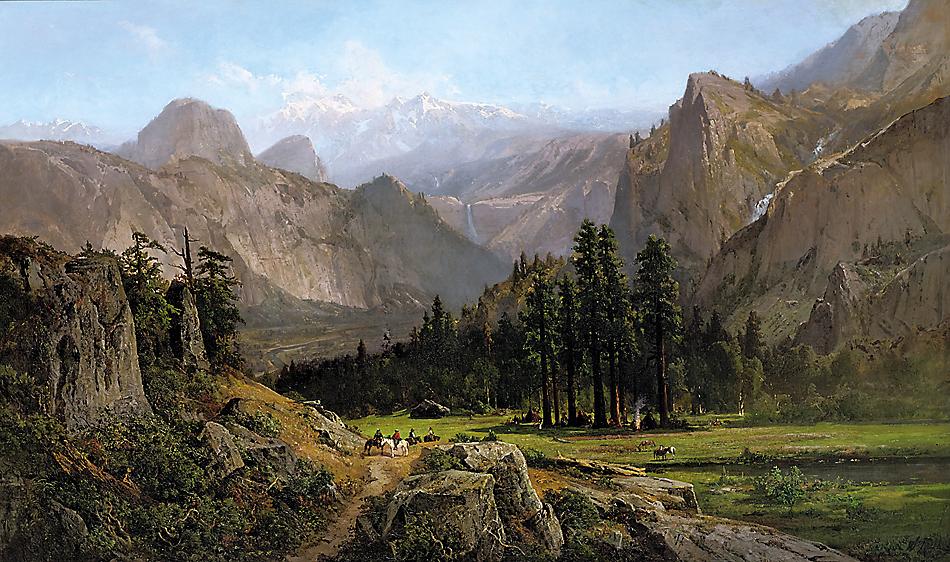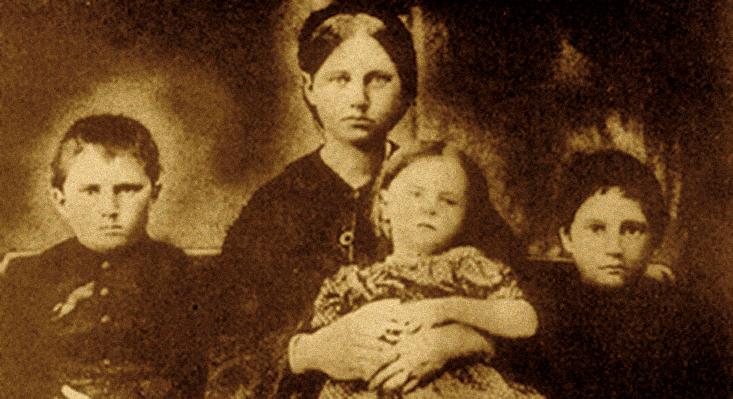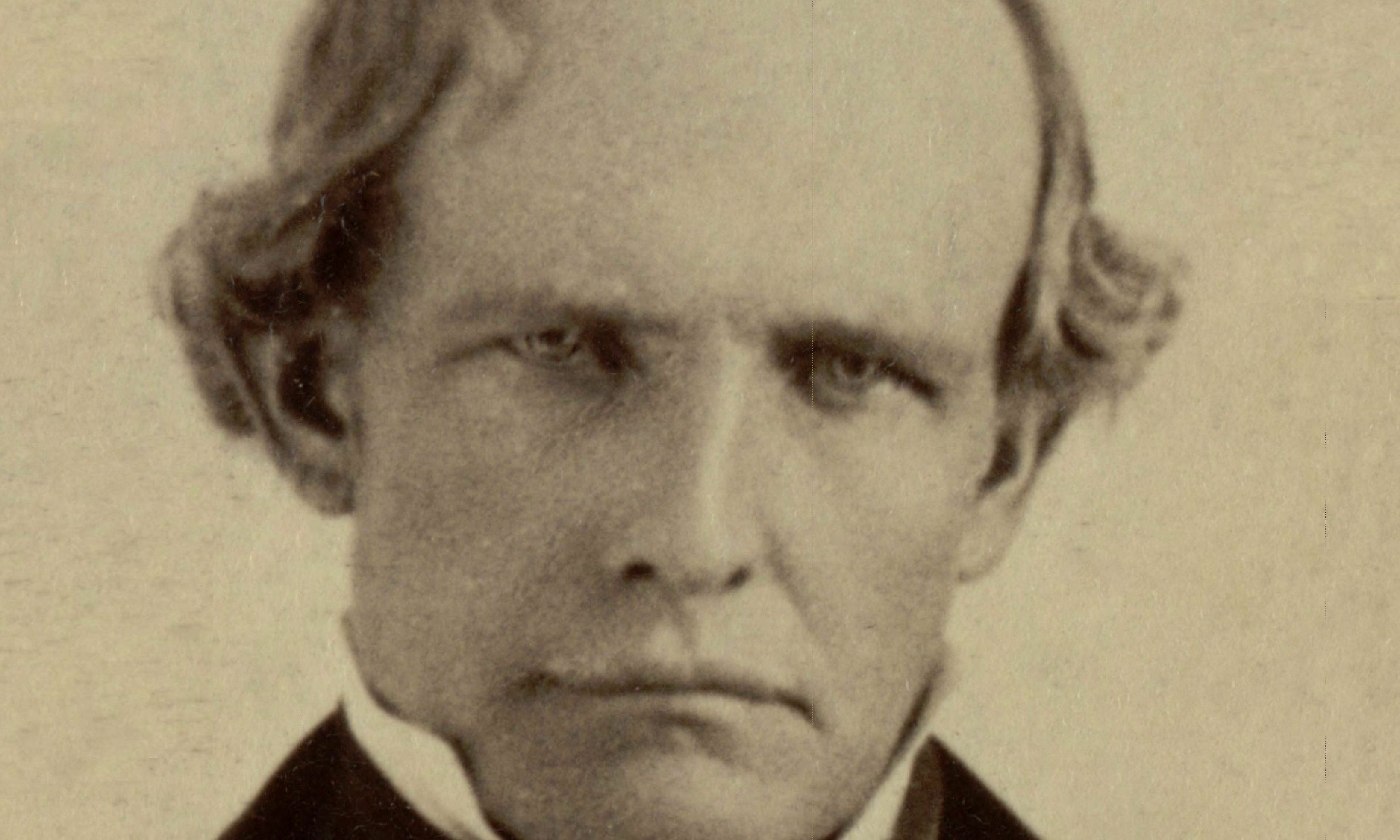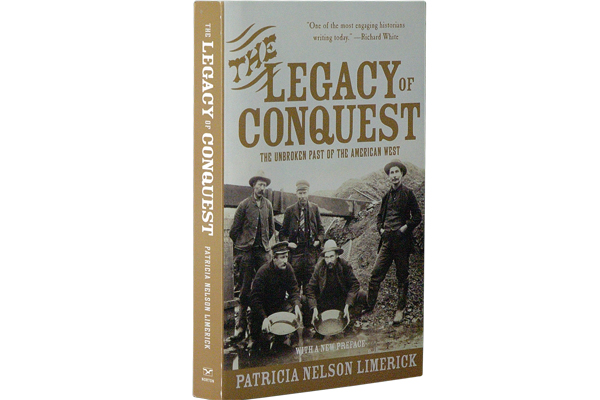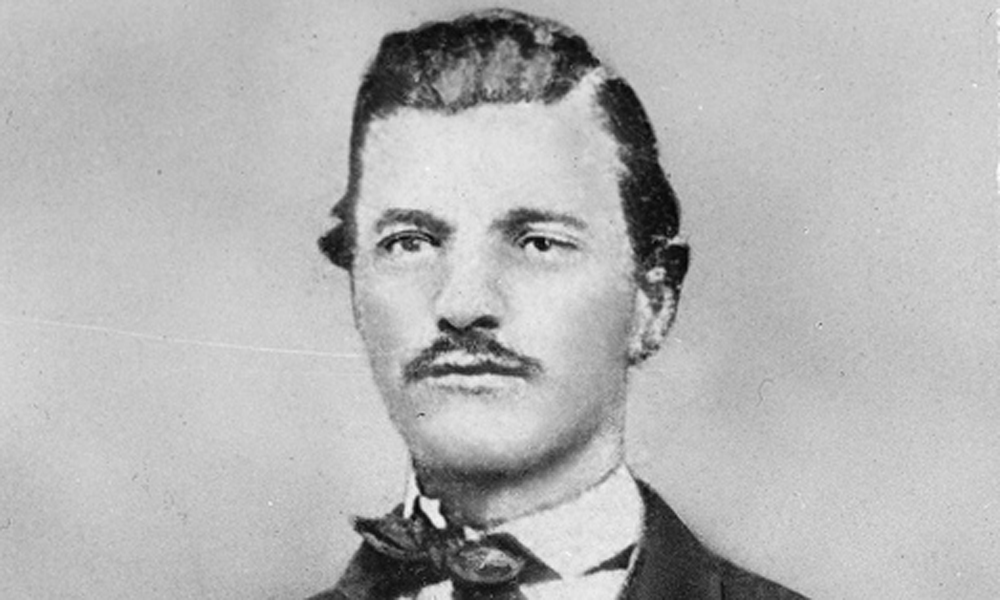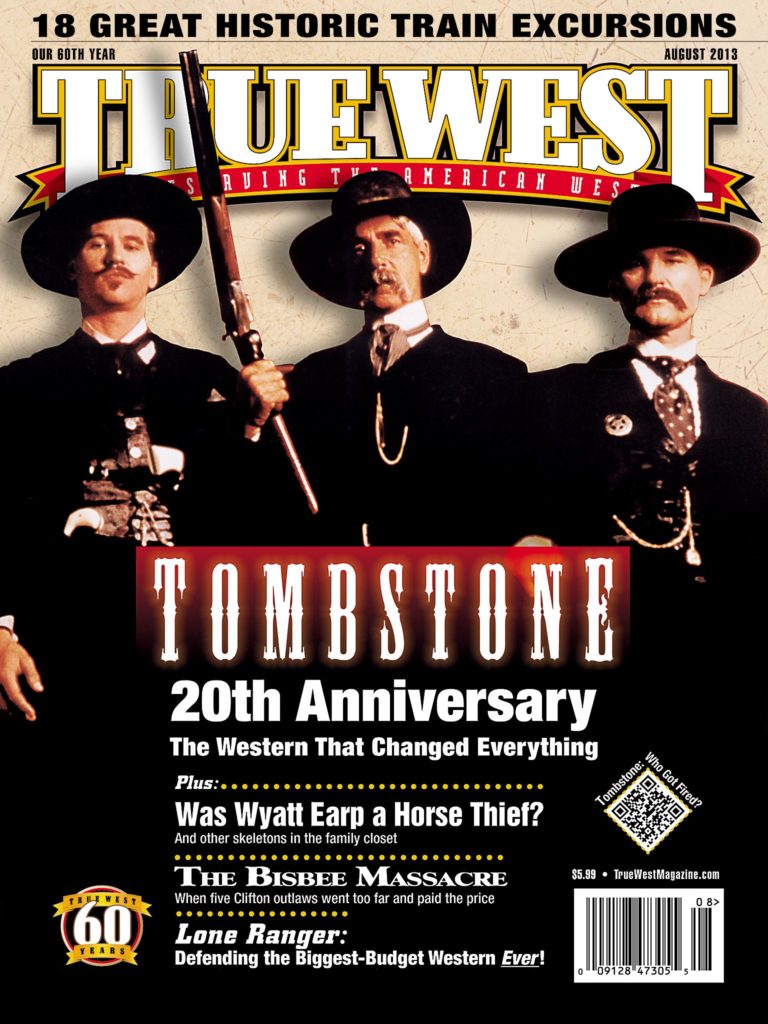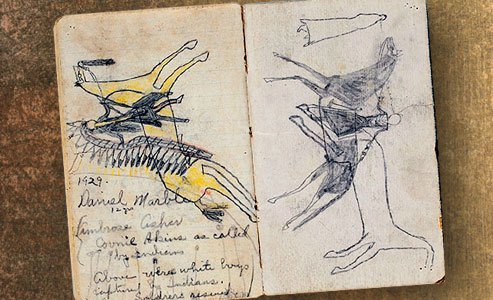 Thrust into a war within America’s Civil War, seven-year-old Ambrose Asher carried with him a Cheyenne treasure. The oldest-known ledger book of Plains Indian drawings, it bid in for an astonishing $150,000 at Sotheby’s New York on May 22.
Thrust into a war within America’s Civil War, seven-year-old Ambrose Asher carried with him a Cheyenne treasure. The oldest-known ledger book of Plains Indian drawings, it bid in for an astonishing $150,000 at Sotheby’s New York on May 22.
The Cheyennes had killed Asher’s grandfather and uncle, and other members of the Eubank wagon train, on August 7, 1864. They had been on the warpath since May, when U.S. Army troops cold-bloodedly murdered Chief Lean Bear, who greeted them while wearing the peace medal bestowed upon him by President Abraham Lincoln.
Facing troops who had been instructed to “shoot all Indians on sight,” Black Kettle, the new Cheyenne leader, attempted to make peace by arranging to turn over four young captives, with Asher among them. Fort Lyon’s commander, Maj. Edward Wynkoop, risked his career by agreeing to the treaty. He ended up getting transferred.
Two days after Wynkoop’s departure, Lewis Giberson, who had taken in Asher, left the boy with his wife, Sarah, and their three sons as he force marched with the Third Volunteer Cavalry to Sand Creek. We don’t know what Lewis felt about the Army’s massacre of Black Kettle’s peaceful village on November 29, or his role in it, but as soon as the snow melted that winter, Lewis left Denver, Colorado, and moved his family to Nebraska.
The seven year old also moved, back East, to live with his maternal grandmother. He left the Cheyenne ledger book with the Gibersons. The age of this book is exceptional; Asher returned with it on September 28, 1864, making it older than both the Little Shield ledger, which documents the Platte River War of 1865, and the Dog Soldier ledger of 1865-69. The book also depicts a Cheyenne horse mask, which heretofore had only been documented in writings, such as a report of an 1806 visit to a Cheyenne village by Canadian trader Alexander Henry.
This rare ledger book transcends the “tragedy of Sand Creek, bringing the triumphs of the brave men who gave their lives in an attempt to stop a war in 1864, once again into the light of history,” notes Mike Cowdrey, a respected Plains Indian historian of ledger drawings.
A seven year old collected it. A pioneer family saved it for a century and a half. The story of this American document could have ended with peace, with the Cheyennes and the U.S. Army working together to prevent further hostilities. Instead, it represents the unseen enemy. You see, these drawings are unique in yet another way. They depict inter-tribal conflicts, particularly with the Pawnee. Hostilities with the U.S. military had not yet made it into the record. The worst of the Indian Wars were still to come.
Just like this important ledger book exceeded expectations, by selling for more than three times its high estimate, the master artworks sold at Sotheby’s also had collectors bidding high. Overall, collectors bid more than $26.5 million at Sotheby’s two art auctions.
Photo Gallery
A cast of Charles M. Russell’s 1921 bronze An Enemy That Warns went for six times its high estimate, bidding in at $360,000.
Collectors gave Frederic Remington a strong showing when the Art Institute of Chicago sold off two of his works. His 1889 oil, Call the Doctor (shown here), bid in at $900,000, while his 1902 drawing of troops in Cuba, The Advance (Guns Must Be Delivered) (next slide), sold for $280,000.
Joseph Henry Sharp’s The War Bonnet was expected to sell for $180,000, but hammered down at $210,000.
Four Alfred Jacob Miller lots were on the auction block at Sotheby’s; the highest-selling artwork, War Path, hammered down at $300,000.
The biggest surprise among the American West artworks was William Keith’s Yosemite Valley. Collectors bid up the 1876 oil, appraised to sell at $90,000, to $625,000. This also marked an auction record for the artist; his previous record, $160,000, was set by Bonhams in 2007 for the 1873 oil Land’s End.


